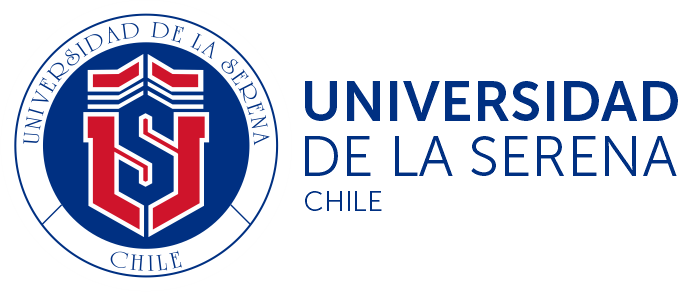This thanks to the participation in the award of the new Millennium Institute of Subatomic Physics in the High Energy Frontier (SAPHIR), together with the Andrés Bello University, the Federico Santa María Technical University, the Catholic University and the University of Tarapacá.
“It is the largest fund that exists for basic sciences in Chile.” This was described by Dr. Juan Carlos Helo, academic at the University of La Serena and associate researcher at the Millennium Institute of Subatomic Physics in the High Energy Frontier, SAPHIR, recently awarded by the National Research and Development Agency (ANID), which allows the creation of Millennium Institutes in Natural and Exact Sciences, research centers of excellence that bring together scientists from different institutions.
One of the main objectives of the institute will be to strengthen collaborations with one of the four main experiments of the Large Hadron Collider (LHC), ATLAS, of the European Organization for Nuclear Research (official name in Spanish), CERN, located in Switzerland, strengthening in this way the international relations of the University of La Serena, in the scientific field.
The University of La Serena, together with the Andrés Bello University, the Federico Santa María Technical University, the Catholic University and the University of Tarapacá participate in this research center of excellence, which will bring together scientists from these institutions.
The Director of Research and Development of the University of La Serena, Dr. Sergio Torres Flores, stated that it is “highly valued that our academics participate in initiatives of this magnitude, which carry out cutting-edge research. This implies generation of new knowledge that permeates the training processes of our institution, therefore, enriching the research ecosystem from all points of view."
For the Director of the Department in Physics, Dr. Luis Palma, this project is part of the department's Development Plan, which contemplates a Doctorate in Physics presented to the university authorities and that would begin in 2022. “Being part of a A project of this magnitude involves a great commitment. During the year 2021, the Department of Physics will call for public competition with profiles oriented to the research lines of this project, also complying with the agreements of the faculty of the joint ULS-UTA-UV doctoral program in preparation." .
For his part, Dr. Juan Carlos Helo, academic and Master in Physical Sciences and associate researcher of the new Milenio Institute, explained that among the activities carried out by the Department of Physics of the University of La Serena, the work in Subatomic Physics stands out. , closely related to the experiments generated at CERN, which houses the largest experiment in the world on this topic.
“The five universities associated with the project have activities linked to the experiments developed at CERN. We had previous collaboration, and that is why we decided to unite around a common center in order to enhance these activities. The objective of this physics is to answer great mysteries of the universe through the small, because by understanding what constitutes the whole, you understand the whole. The LHC recreates the moments after the Big Bang and attempts to answer questions, such as what dark matter is, and why there is so much matter in the universe and so little antimatter,” said Dr. Helo.
In this sense, the academic from the Physics Department of the ULS stated that “the idea is to bring CERN to the ULS and bring the ULS to CERN, training students, both physicists and engineers, so that they can contribute to the scientific work of the ULS. CERN, participating in research projects that are at the frontier of science and contributing to answering the great questions of the Universe.
To achieve this, the next steps are to formalize a collaboration with the international research center CERN, making the University of La Serena members of this prestigious scientific institution, and generate projects at the ULS that are related to subatomic physics in the experimental field. , which requires strong international links and interdisciplinary work.
The Millennium Scientific Initiative finances and supports research centers of excellence in the areas of Social Sciences and Natural Sciences for 10 years. The Millennium Centers are awarded through public competitions by a committee of high-level international researchers independent of the applicants.



